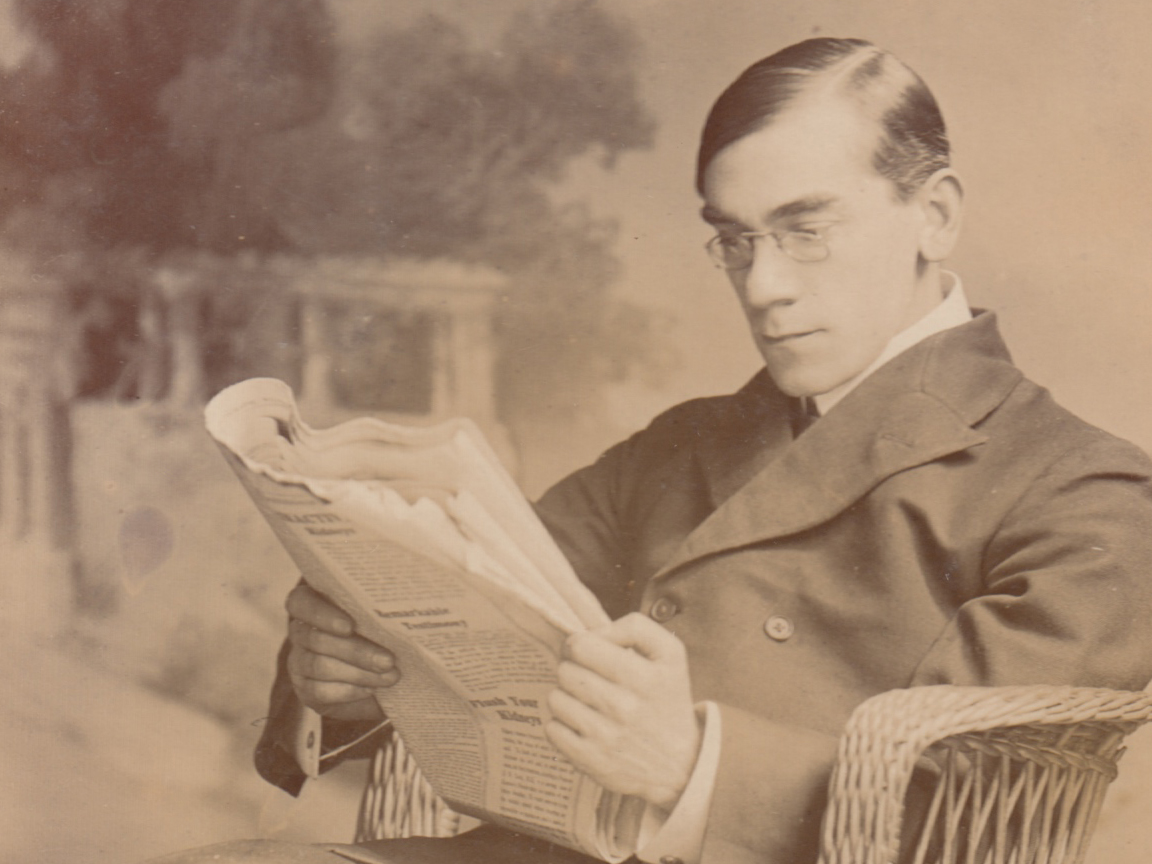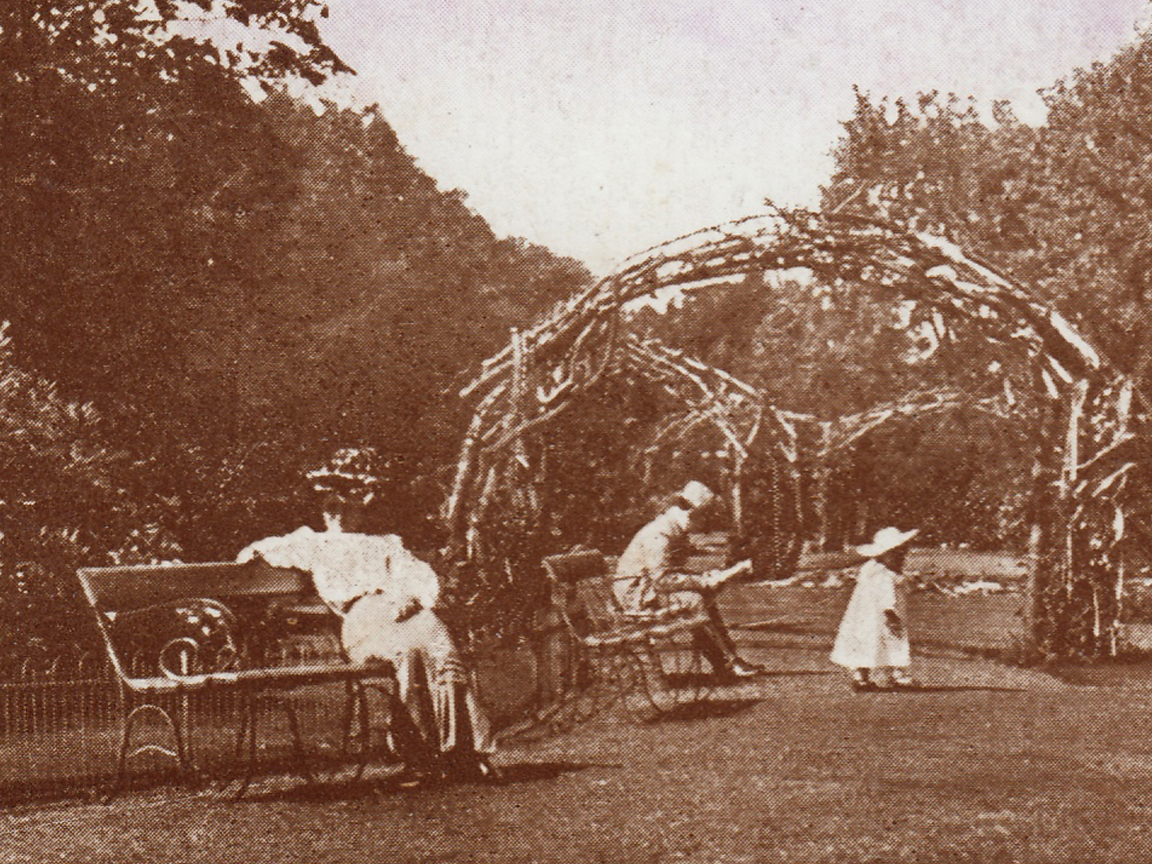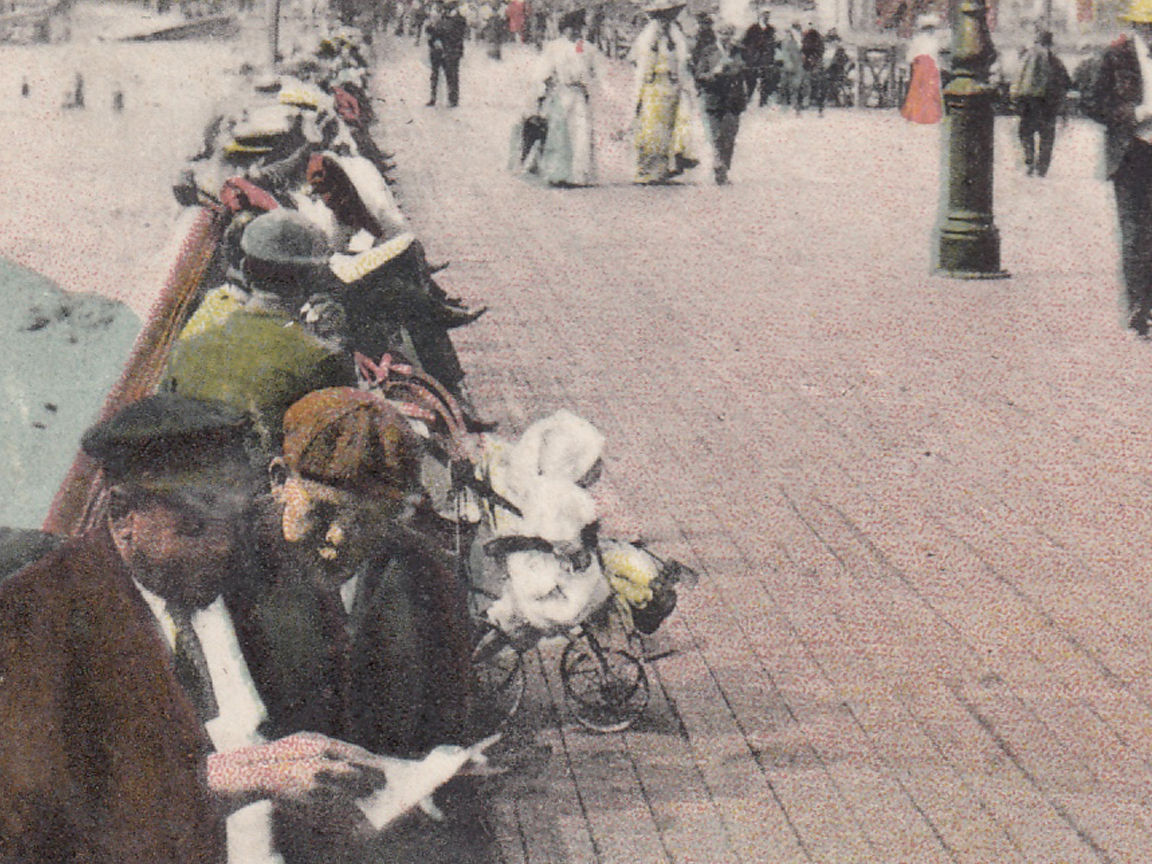


1855, History, Gazetteer, and Directory of Suffolk
Lowestoft chapter, page 550
The directory is continued from Lound, page 549
Bond, Mr. Richd. || Jenner Miss My. A.
Brereton Jas. butcher and vict. Village
Maid
Glasspoole George, grocer, &c.
Flatman Robert, farmer
Hewitt John Burton, farmer High Hs
Hewson Wm., grocer &c.
Hindes Frederick, farmer
Holland Mary ann, schoolmistress
Howes Charles, shoemaker
Miles Saml. clerk, of Ashby church
Morse Misses Har. & My. Lound Hall
Morse Joseph Ramey, Esq., Old Manor House
Newson Jonathan, wheelwright
Reynolds Chas. saddler & harness mkr.
Rudrum John, veterinary surgeon,
parish clerk, and overseer
Saunders Samuel, corn miller
Seely James, grocer
Smith John, tailor
Smith Wm. boot and shoe maker
Spanks and Gurney, blacksmiths
Swatman Rev. Philip, curate
Thurlow Rev. Edward, LL.B. rector of
Lound and Ashby, Rectory
Warner Wm. gardener
Wigg Wm. farmer
LOWESTOFT ranks next to Yarmouth among the most important fishing stations on the eastern coast, and is a handsome and rapidly improving market-town, bathing place and sea port; pleasantly situated on the most easterly point of England, upon an eminence, rising from the German ocean, 11 miles E. by N. of Beccles, 10 miles S. of Yarmouth, 25 miles E.S.E of Norwich, 45 miles N.N.E. of Ipswich, and 114 miles N.E. of London.
Its parish comprises 1486 acres of land, and the small hamlet of Normanston, at the east end of Lake Lothing, near the new town or suburb called South Lowestoft; which is partly in Kirkley Parish, as noticed on page 54.
Lowestoft parish increased its population from 2332 souls in 1801 to 3189 in 1811; 3675 in 1821; 4238 in 1831; 4837 in 1841; and 6781 in 1851. Including its suburbs in Kirkley parish (500 souls) it has now, about 8000 inhabitants, so that it has nearly doubled in population during the last 20 years.
The number of houses in the parish in 1821, was only 782, but in 1821 they had encreased [sic] to 1104, and in 1851 to 1392, but including the suburbs in Kirkley parish, Lowestoft has now (1854) about 1600 houses, of which several hundreds have been erected during the last seven years in the handsome "new town" in the south side of the harbour, called South Lowestoft, which compromises the extensive and well conducted Royal Hotel, the Esplanade, Marine Parade, Marine Terrace, Tonning street, Denmark road, London road, etc. where there are many large and elegant houses for the accommodation of visitors during the bathing season.
When viewed from the sea, Lowestoft has the most picturesque and beautiful appearence of any town on the eastern coast. The old part of the town consists chiefly of one street, extending about a mile in length, in a gradual descent from north to south, and intersected by several smaller streets and lanes from the west. High streets is on the summit of the cliff, so that the houses on the east side of it face the sea. The declivity, formerly barren sand, has been converted by modern improvements into beautiful hanging gardens, richly planted with trees and shrubs, interspersed with alcoves and summer houses, and descending to the foot of the hill.

Events, clubs and activities are updated here. Do you have an event or club you want posted? Let us know!